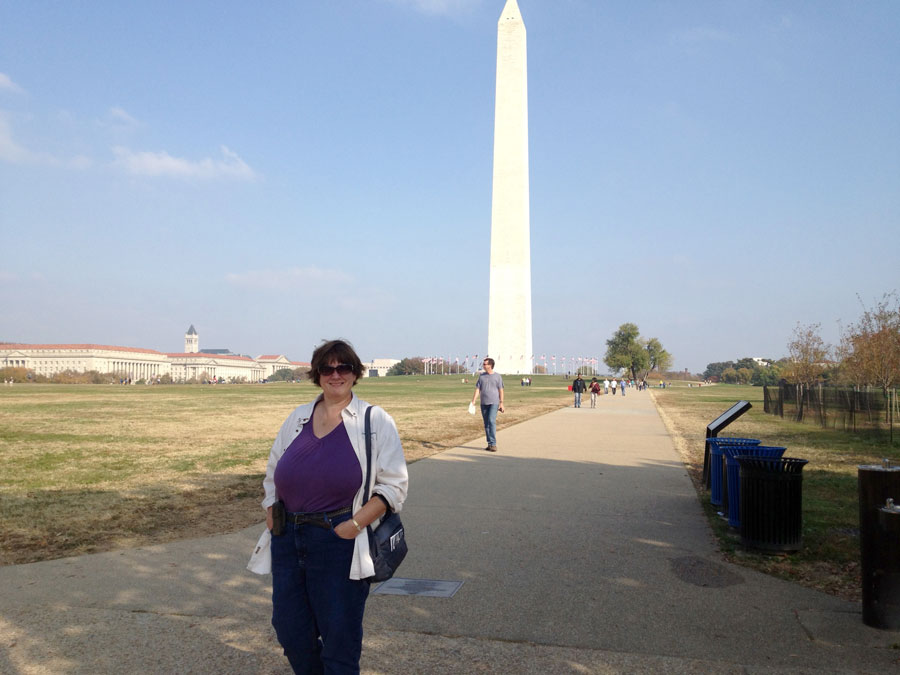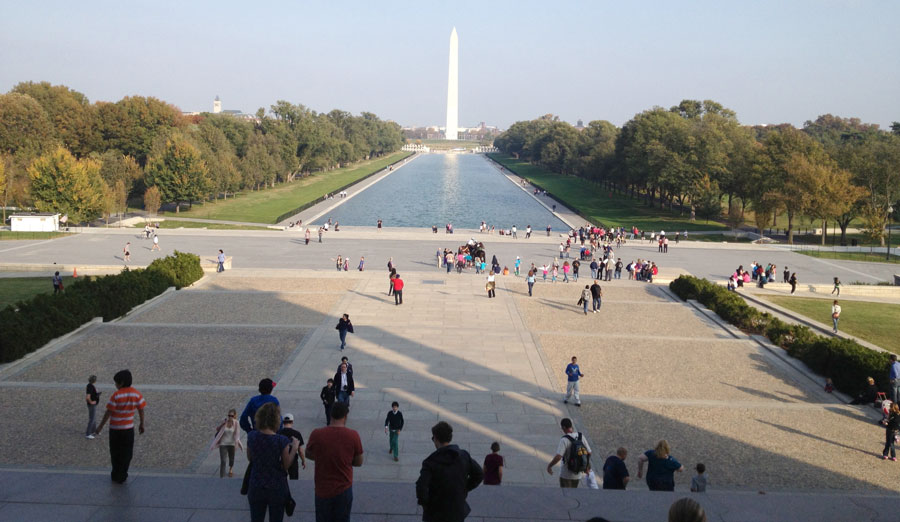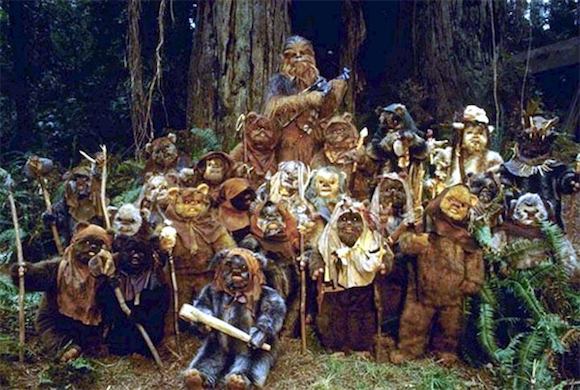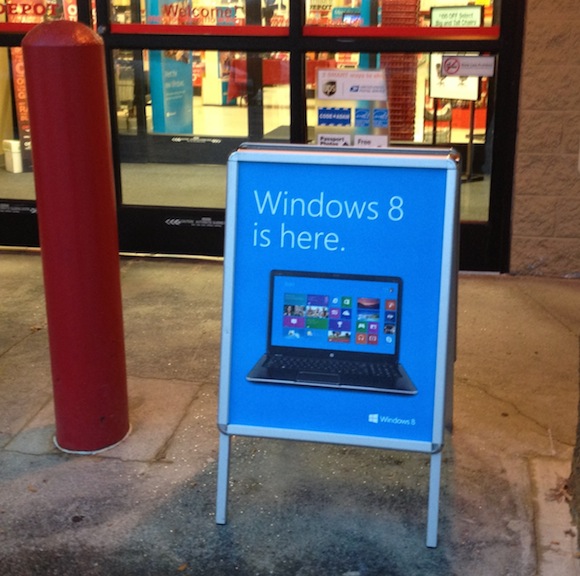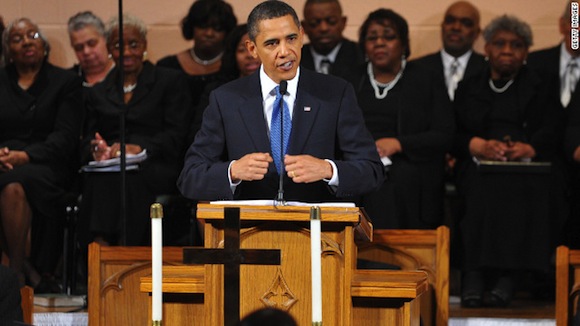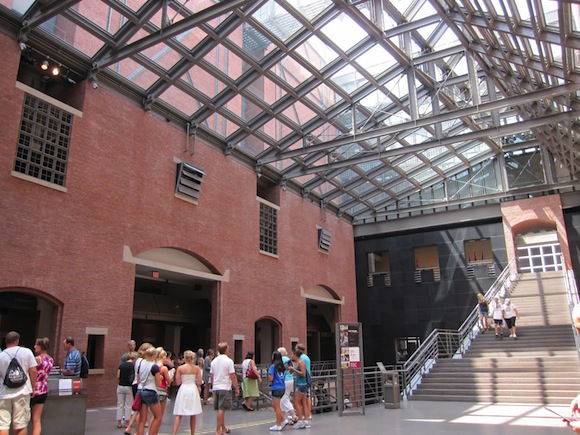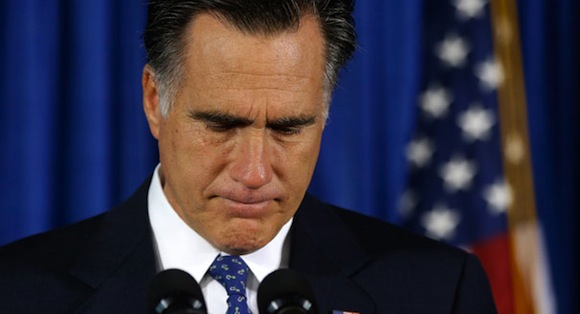
Rarely is an incumbent as vulnerable at Obama was. With the state of the economy and various other things, he was ripe for getting knocked off. And really, Romney came pretty close. It wouldn’t have taken all that many votes to swing the other way.
So why didn’t it happen? Lots of things conspired against Romney–some fairly, some unfairly. Here’s what I would point to.
- During the primary, Romney chose to pander to the right wing and got colored by extreme views–on women’s issues, anti-immigration issues, and a militaristic foreign policy. He may have been forced to take such views to win the nomination, but it tarnished him.
- Romney put out rosy claims–like create 12 million new jobs, and slash the deficit–but wouldn’t explain how he was going to make it happen.
- Romney’s stupid 47% statement stuck, and was masterfully exploited by the Dems.
- Romney apparently didn’t think the average person was very smart–that he could change his views on issues and get away with it. It’s astonishing the number of issues on which he has changed his views over the years. Hey, Mitt: people noticed, and it didn’t inspire confidence. (This was a central issue with me.)
- His position on the auto bailout ultimately hurt him where it counted most–the industrial states, like Ohio and Michigan.
- The primary, in which the candidates competed over who would build the biggest wall and be toughest on illegal immigrants, severely hurt Romney with Latinos.
- Romney was tarnished, unfairly, by statements from Todd Akin and Richard Mourdock.
- Being Mormon didn’t help.
- Demographically, America is becoming more secular (non-religious) and more ethnic–and the Republican Party isn’t adapting.
- Hurricane Sandy killed Romney’s momentum.
- Some other issues that were a factor with me, and may have influenced other independents: his pandering to the Tea Party, his denial of man’s role in global warming, his refusal to denounce the birthers and Muslim-baiters, taking the Grover Norquist pledge, and his commitment to trickle down economics (which doesn’t work).
- Romney just lacked charisma. He gave it a great shot, but in the end, voters had a hard time being excited about him.
Change just a couple of those factors above–like, no 47% statement and no Todd Akin–and Romney might have won. But reality isn’t nice.


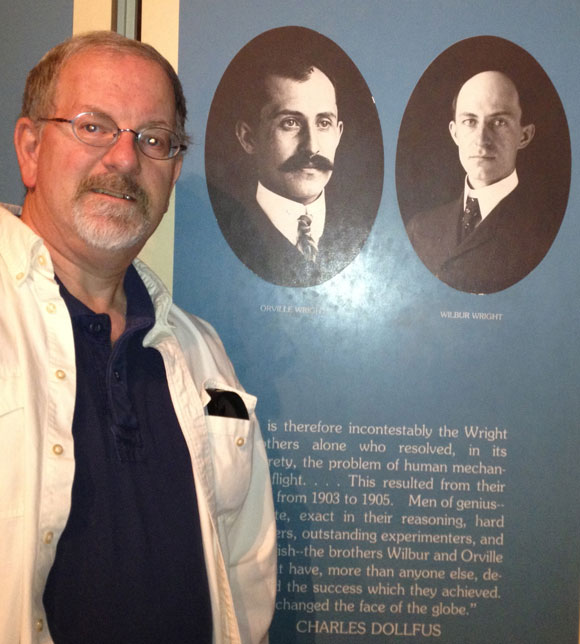
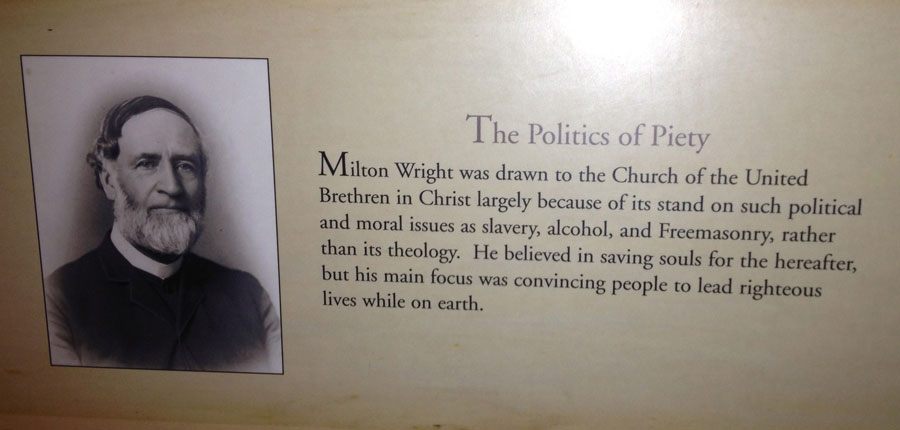
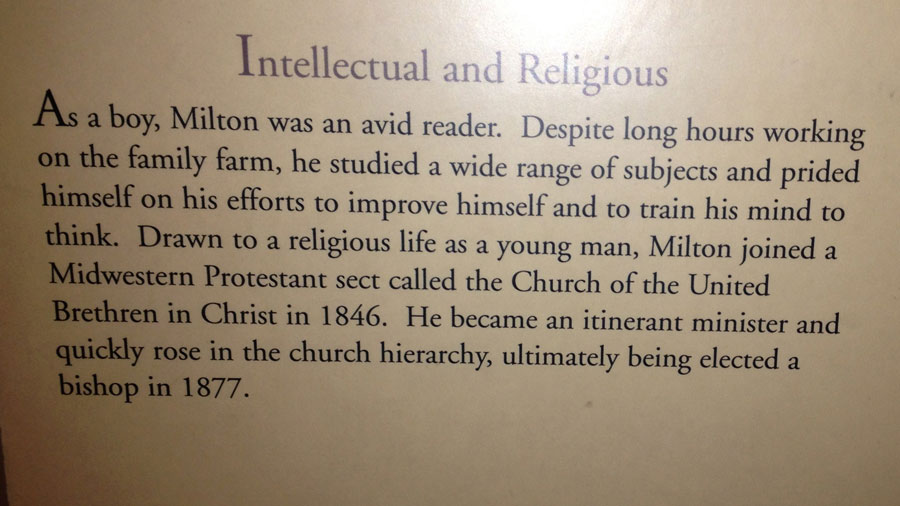
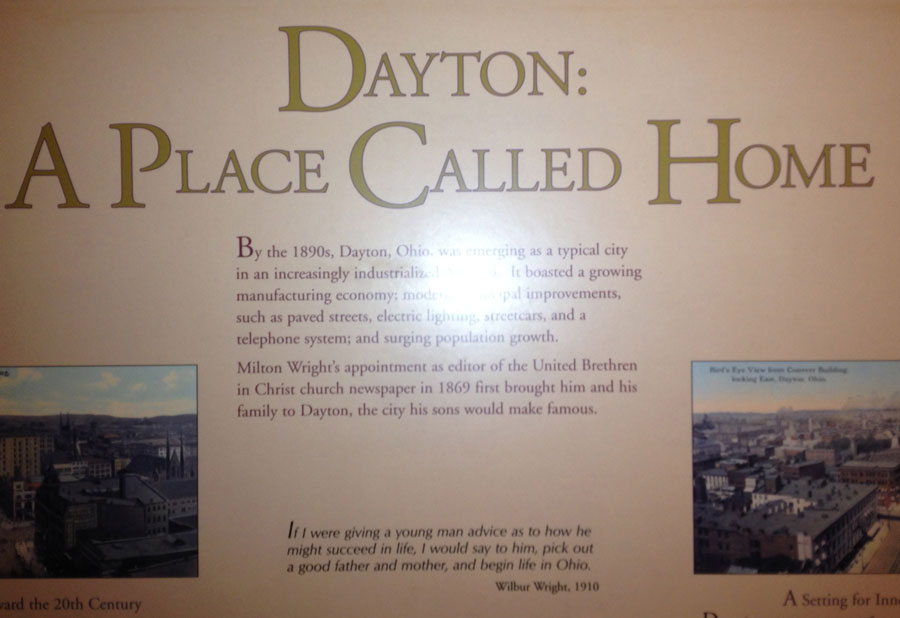
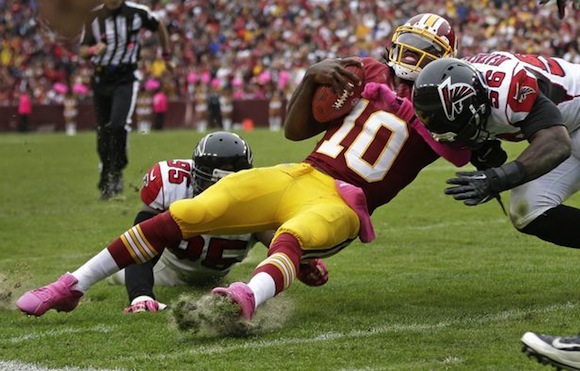
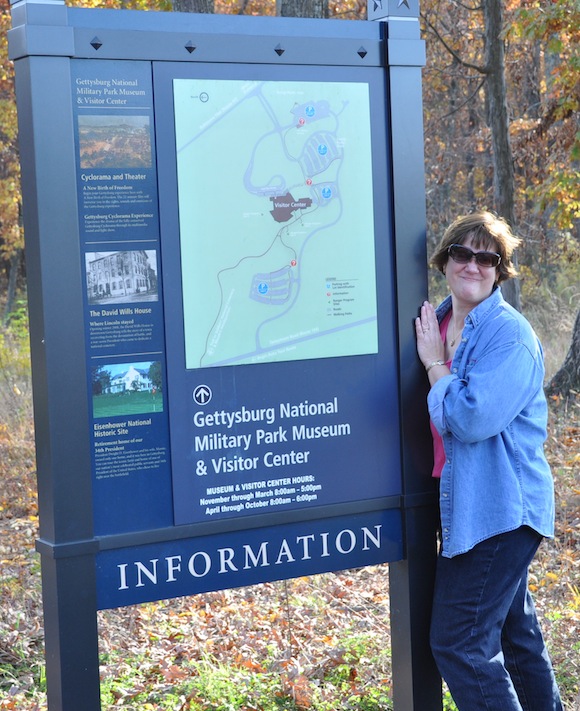
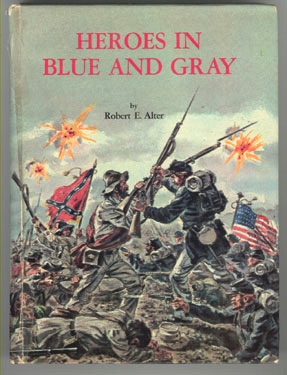 Battle maps showed how the forces were arrayed, with a general’s name inside a rectangle; the larger the rectangle, the larger the force.
Battle maps showed how the forces were arrayed, with a general’s name inside a rectangle; the larger the rectangle, the larger the force.